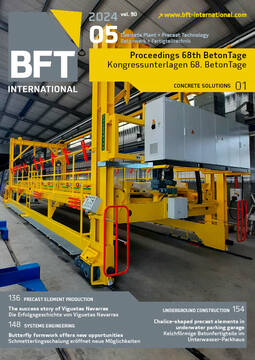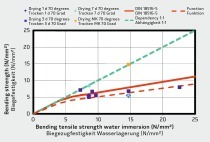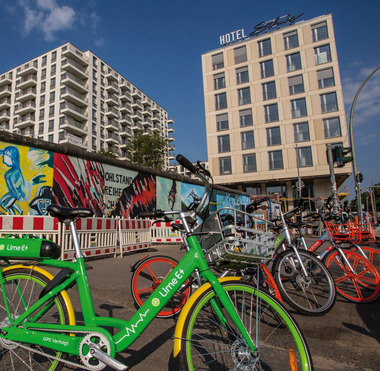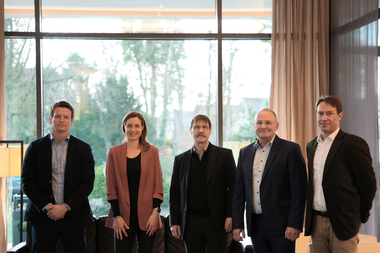Update: Greenhouse gas reduction in the cast concrete industry
In 2022, the German Concrete Association for Road, Landscape and Garden Construction (Betonverband SLG e. V.) − in close collaboration with the industrial sector – carried out the project “Ways for Climate-Neutral Cast Stone Production.” The aim of the project was to show how progress toward climate neutrality can be achieved. In this context, the project more closely examined measures that are possible to implement by 2030. To support companies in their own decision-making processes, the project likewise developed an industry-specific cost-avoidance calculator based on the greenhouse gas balance, and prepared the associated documentation (“Blueprint”).
In 2023, in further development of this project, and within the scope of the project “Benchmark for Greenhouse Gas Saving” a target reduction path for the cast stone industry was developed. It is oriented on the currently valid legal specifications, giving consideration to the requirements of the Science-Based Targets initiative, based on scientific data and research. The lecture presents the most important contents of the project.
The project was implemented by FutureCamp Climate in collaboration with Betonverband SLG e. V. and with a circle of experts from companies in the cast stone industry. The upstream value-added chain also served as basis for this project. The target reduction path, beginning with the base year 2020, was developed in five-year steps leading to the target year 2045.
As the opening balance sheets of the two pilot companies have already shown, the portion of indirect Scope 3 emissions from raw-material extraction, and from manufacture of the raw materials employed, account for more than 95 % of the total greenhouse gas emissions involved, of which around 75 % are attributed to the cement used. A reduction of emissions in this area is essential.
Despite the small share of Scope 1 and 2 emissions, these emission sources which can be directly influenced by cast stone producers were also intensively included in the identification of specific sector-related reduction measures.






